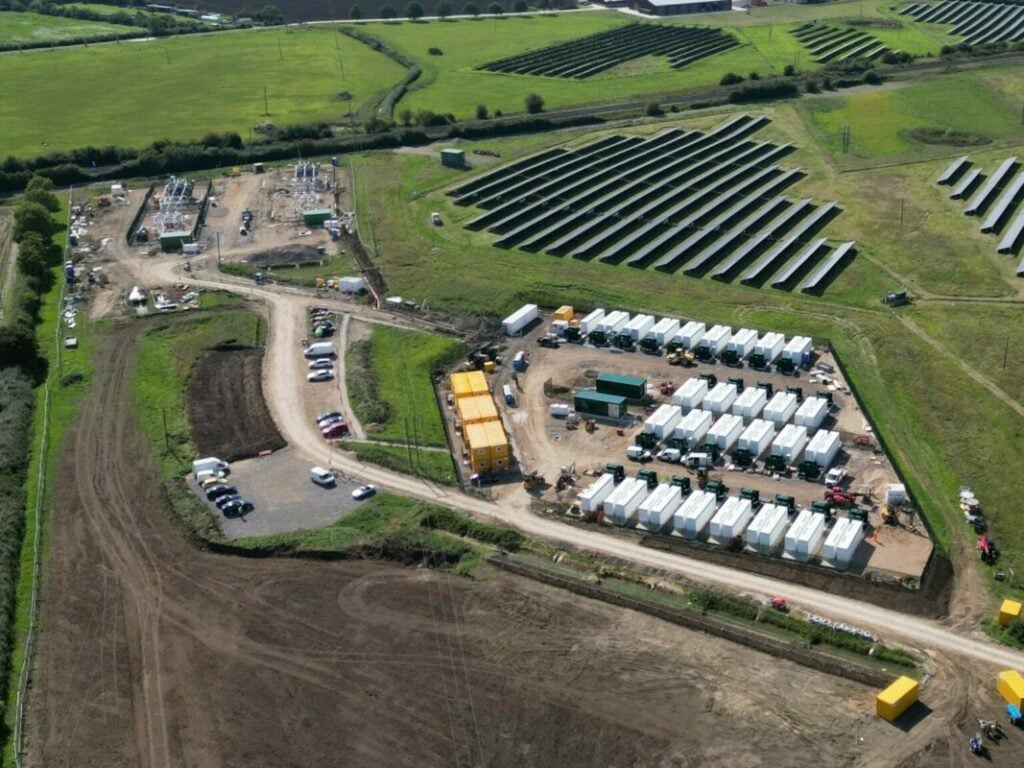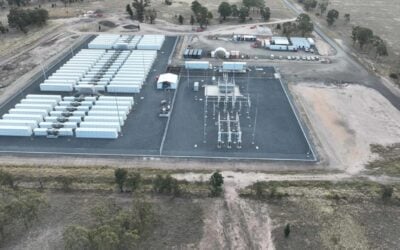
London Stock Exchange-listed battery storage investment firm Harmony Energy Income Trust (HEIT) has predicted that it can generate “attractive returns” despite the ongoing woes in battery energy storage revenues in the GB market.
Disclosed in the firm’s results for the financial year ended 31 October 2023, this prediction comes despite HEIT’s announcement that its battery energy storage system (BESS) revenues were markedly lower than the same period in 2022, as reported by our sister site Solar Power Portal earlier this month.
Revealed in the firm’s recent trading update, the discussion around a “weak revenue environment for BESS assets” echoed the thoughts of Gresham House Energy Storage Fund, another major UK-based storage investor, who said that this was due to assets not being able to participate in balancing the GB grid or replacing gas-fired generation to their fullest capability.
In the financial results, however, HEIT’s chair, Norman Crighton, stated that “independent market experts expect trading conditions to improve throughout 2024”, with the firm’s longer-duration 2-hour batteries continuing to outperform shorter-duration BESS.
Try Premium for just $1
- Full premium access for the first month at only $1
- Converts to an annual rate after 30 days unless cancelled
- Cancel anytime during the trial period
Premium Benefits
- Expert industry analysis and interviews
- Digital access to PV Tech Power journal
- Exclusive event discounts
Or get the full Premium subscription right away
Or continue reading this article for free
One of the major influences that impacted HEIT’s portfolio was the implementation issues of National Grid ESO’s Open Balancing Platform, an aspect that Modo Energy had previously referenced in contributing to December having the lowest BESS revenues since 2020.
The platform, which introduced bulk dispatch functionality, allows for more instructions to be issued to batteries at any one time, but due to technical issues, the control room reverted to legacy systems for dispatching batteries on 15 December.
To read the full version of this story, visit Solar Power Portal.





